For quite some time now, PeepSo and Paid Memberships Pro (PMP) work in a perfect harmony with the help of purposefully built integration plugin that is available in our PeepSo Ultimate Bundle. It gives you everything you need to start charging your users for access to the restricted content on your website.
But what if you could do more. What if you could restrict who can make posts within PeepSo, or send friend requests, or make comments, or create groups… or do anything really. Imagine the situation where you have free users that can only comment on posts, while paid members can create posts and do so much more.
But First, WordPress Roles
It’s not as scary as it sounds. An often underutilised part of the WordPress, mostly because native WordPress configuration does not offer any ways to manage them, is the user roles.
I’m sure you heard about “Subscriber“, “Contributor“, “Author“, “Editor” and famous “Administrator“. These are all the user roles that come natively included within every WordPress installation. They are usually enough to distinguish administrator from casual readers and contributors.
However, did you know third-party plugins are notorious for adding their own roles, most of the time without even asking. So next time, don’t be surprised when you see few new user roles after installing the shop, or marketplace. These new roles help that particular plugin operate properly, or even introduce some new features as it will be evident further in this post.
Roles For Membership Levels
Introducing… Roles for Membership Levels, a free addon for Paid Memberships Pro that will automatically create a new user role for each of your membership levels. The new user roles this addon creates are equal in permissions to the “Subscriber” native role.
For the purpose of this post, we have a test site with two membership levels, Free and Premium. However, you can have as many membership levels as you’d like. Platinum, Gold, Silver, Copper… naming convention is of course up to you. Whatever suits your brand and your community.
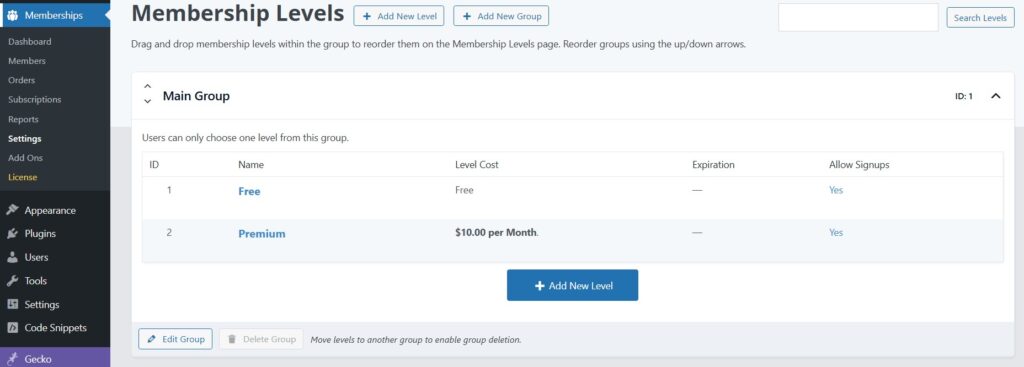
Coming back to Free and Premium in this example, though. As you probably assumed, after installing and activating the plugin, it created two new roles for us.
You must manually assign those roles to the membership though. To do so, edit the membership level, expand the “Other Settings” and find the “Role Settings“.
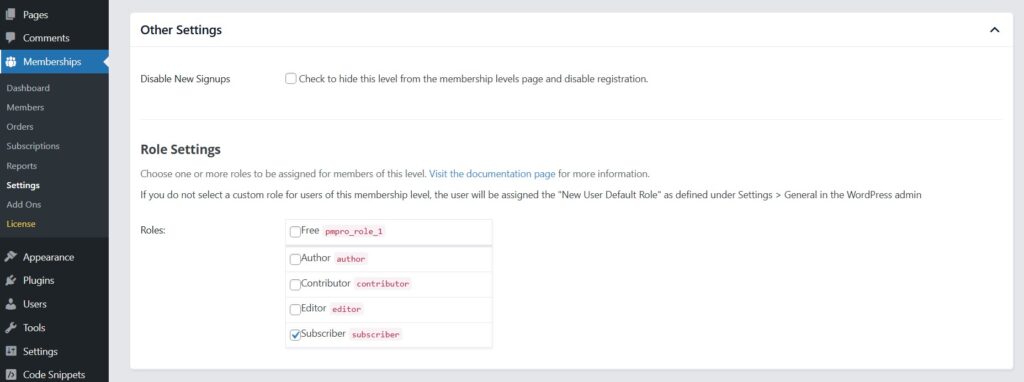
Remove the “Subscriber” role and assign the role that corresponds to the name of the membership level, in this case “Free“. Repeat the process for Premium membership, or whatever other membership levels you have.
Now, whenever user chose the membership type, all selected user roles will be applied to that user. However, existing users will not be updated. You’ll need to run a custom database query. More information about that can be found in the official PMP documentation which does require a PMP subscription.
PeepSo User Limits
If you couldn’t see where all this shenanigans with user roles are going, let me show you one screenshot.
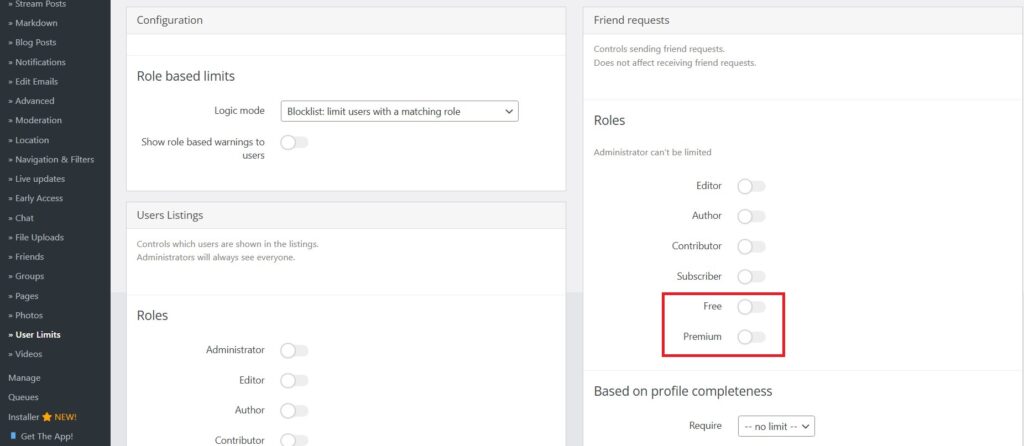
Can you see it now? Cool, huh?
Of course, PeepSo User Limits plugin recognises the new roles and allows you to now completely restrict PeepSo functionality based on these new user roles.
Do you want to prevent users with Free membership level from sending friend requests as shown on that screenshot? Just flip the switch!
Do you want to restrict any other functionality? As long as User Limits plugin have an option for it, there is no limit on what you can limit 🙂
Let’s Sum It up!
You can have as many membership levels as you’d like. Each of them can have access to more features. Anything from read-only free memberships to mid-tiered ones where some features are available, all the way to your diamond-studded-platinum levels where anything and everything is available.
One thing to definitely remember and pay attention to is to make sure you have your membership levels all mapped out and figured out prior to offering them to your users otherwise you’ll need to deal with those DB queries mentioned earlier.
Of course with PMP you can do so much more, it’s not only PeepSo features and access that you can limit, it’s also any and all content throughout your WordPress site.
How will you use this within your community? Any cool naming conventions for membership levels?
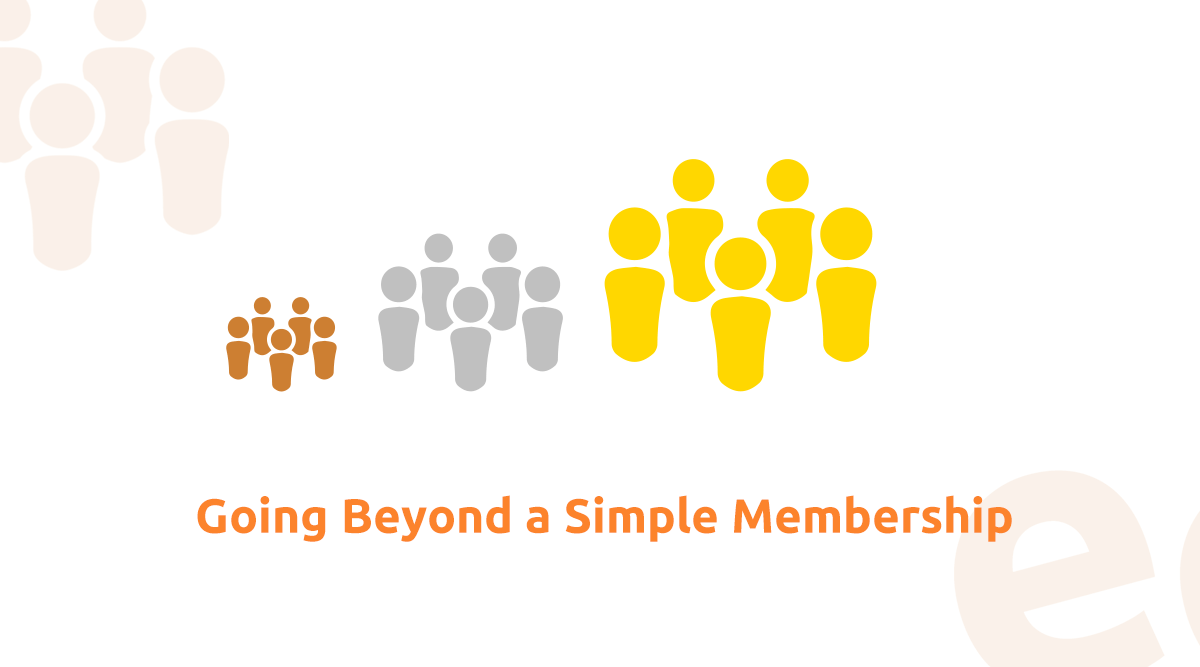
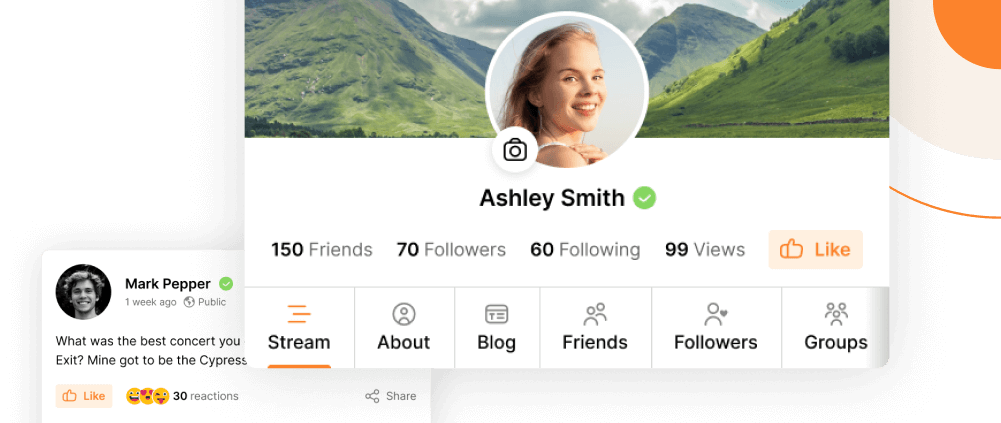
Reactions & comments
Comments